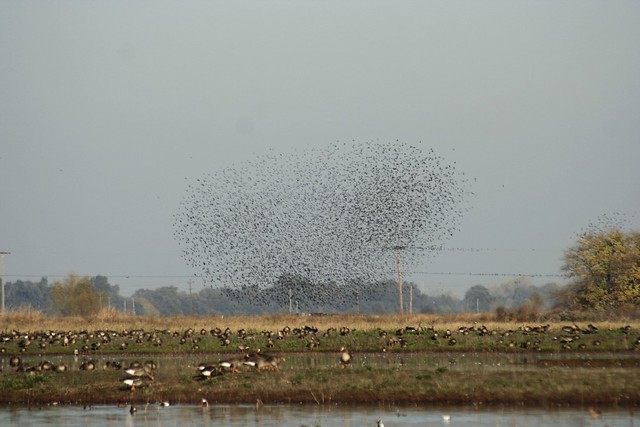Rereading these days Lethal Theory by Eyal Weizman, I decided to put together in a post some material about the connections between urban theory and military strategies, adopted by armies since the 1980s onwards (when applied computer technologies could be significantly applied to warfare. For instance internet's ancestor, ARPANET, was first developed in the '70 to improve Cold War's spying activities). Probably the leading army in therms of awareness in urban-military strategies is the Israeli one.
As Weizman explains here, in the accompanying text for the video above:
The maneuver conducted by units of the Israeli military during the attack on the city of Nablus in April 2002 was described by its commander, Brigadier General Aviv Kochavi, as “inverse geometry,” which he explained as the re-organization of the urban syntax by means of a series of micro-tactical actions. During the attack, soldiers moved within the city across hundred-meter-long “over-ground-tunnels” carved out through a dense and contiguous urban fabric. Although several thousand soldiers and hundreds of Palestinian guerrilla fighters were maneuvering simultaneously in the city, they were saturated within its fabric to the degree that most would not have been visible from an aerial perspective at any given moment. Furthermore, soldiers did not often use the streets, roads, alleys, or courtyards that constitute the syntax of the city, as well as the external doors, internal stairwells, and windows that constitute the order of buildings, but rather moved horizontally through party walls, and vertically through holes blasted in ceilings and floors. This form of movement is part of a tactics that the military refers to in metaphors it borrows from the world of aggregate animal formation as “swarming” and “infestation.”
 |
| Blackbirds swarming. Photo by artolog |
To this use of urban strategies applied to conquering and invading, Weizman, Alessandro Petti and Sandi Hilal respond with the Palestinian-based project Decolonizing Architecture, aimed at
Recognizing that Israeli colonies and military bases are amongst the most excruciating instruments of domination, the project assumes that a viable approach to the issue of their appropriation is to be found not only in the professional language of architecture and planning but rather in inaugurating an “arena of speculation” that incorporates varied cultural and political perspectives through the participation of a multiplicity of individuals and organizations.A couple of extraordinary movies were able to render recently on the screen the atmosphere and the process of approaching and breaching an hostile territory; both take place during the 1982 Lebanon War: Walz with Bashir, 2008, directed by Ari Folman, and Lebanon, 2009, by Samuel Maoz, which won the Golden Lion at the Venice Biennale. While the first is an animation movie, the second is entirely shot (apart from the very beginning and end) in a tank.

No comments:
Post a Comment